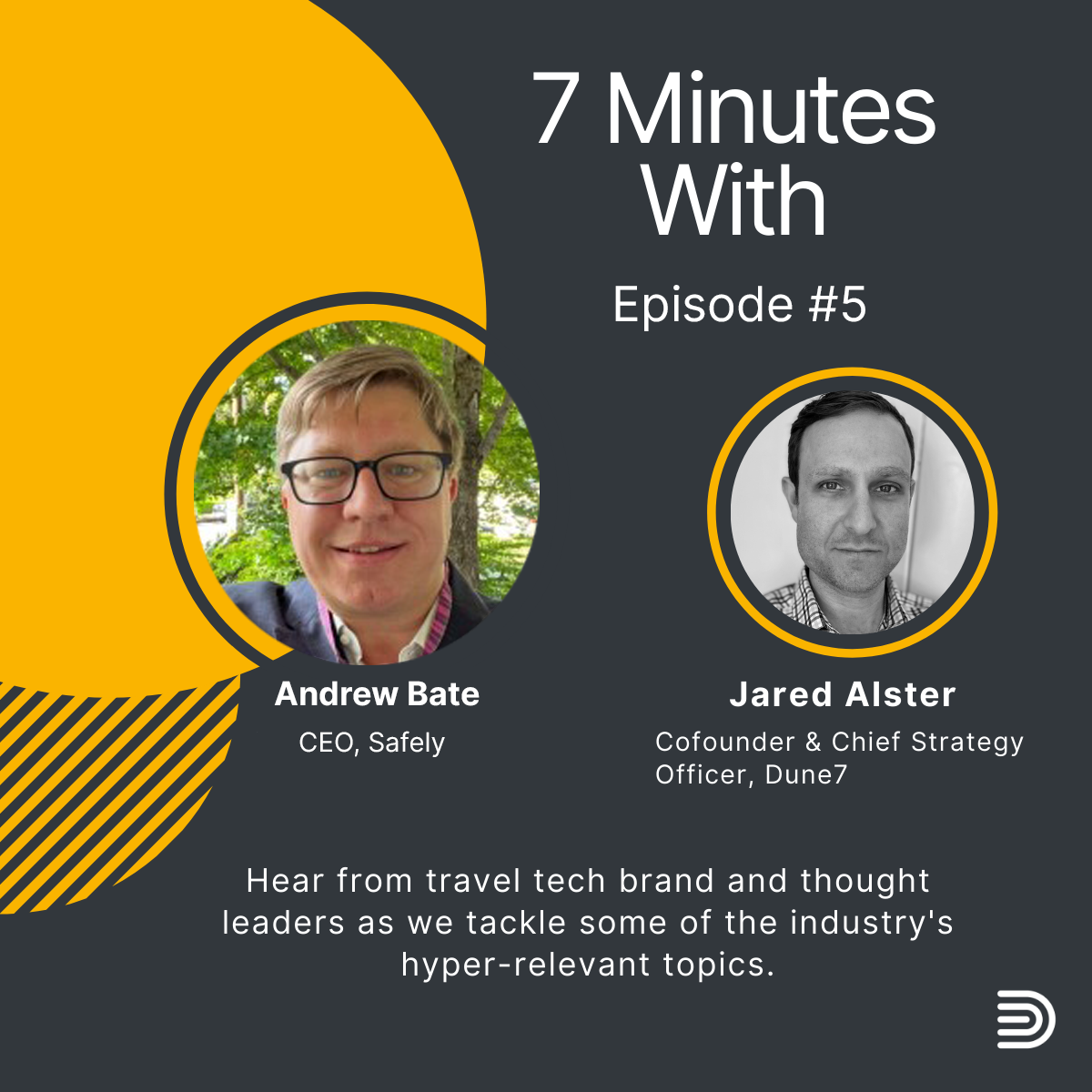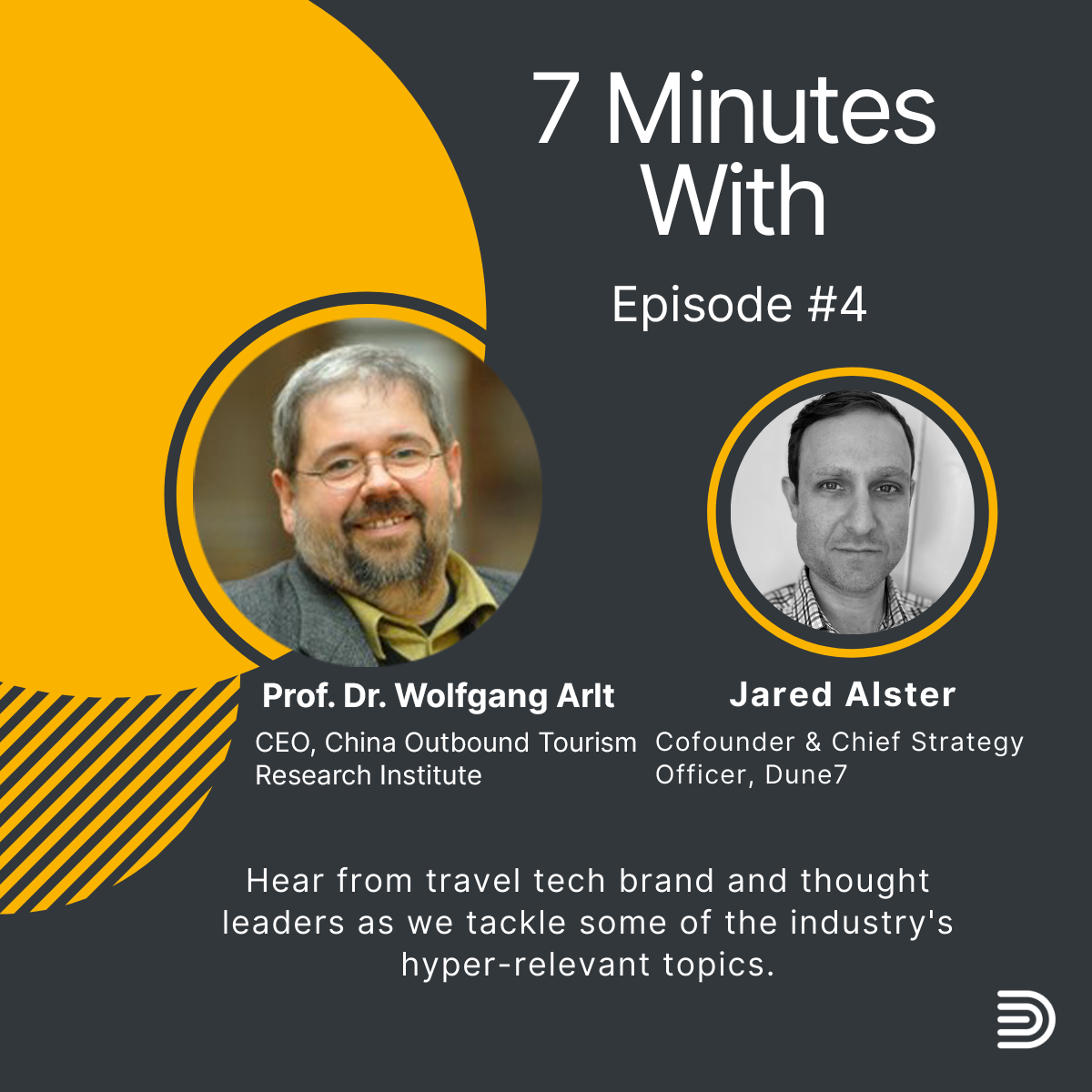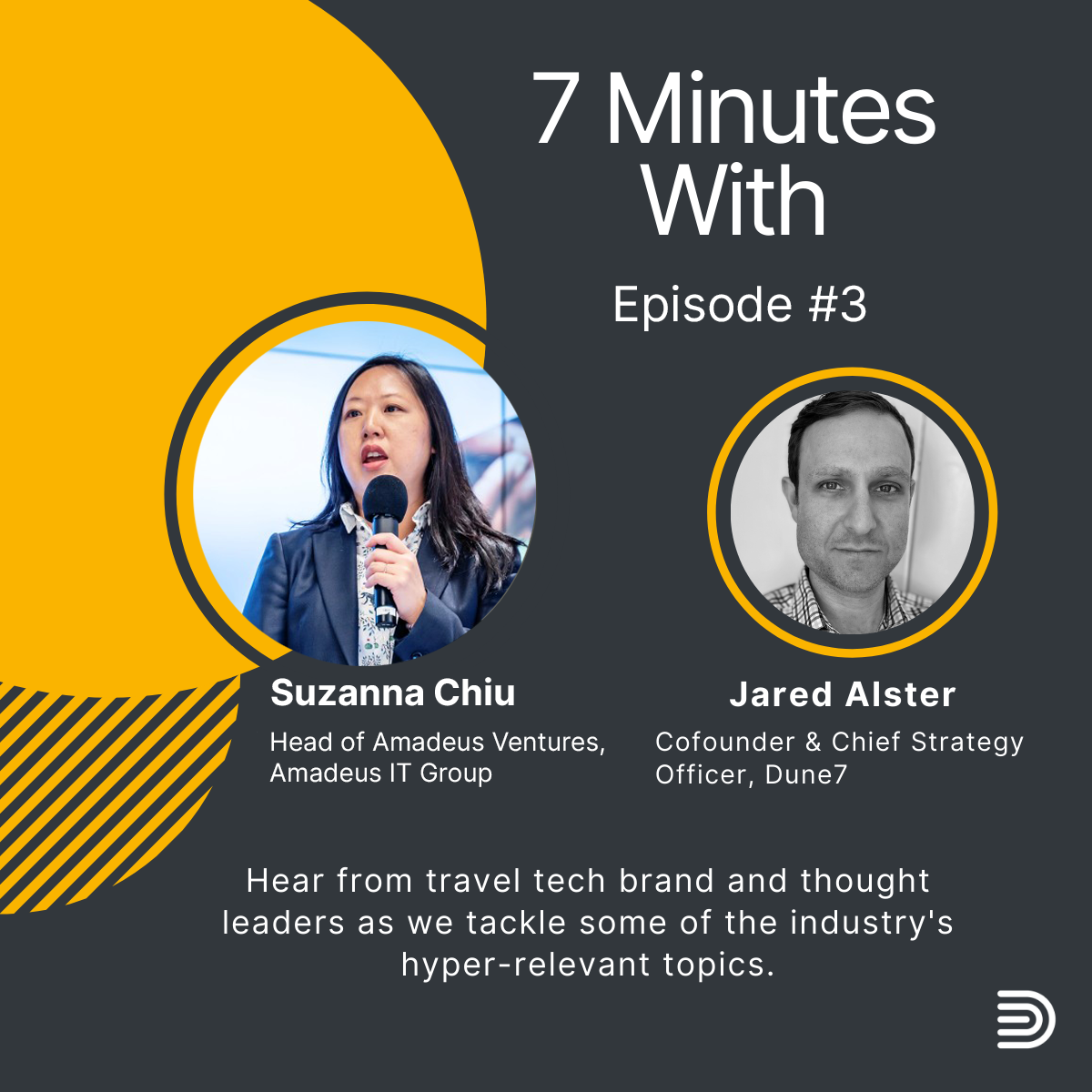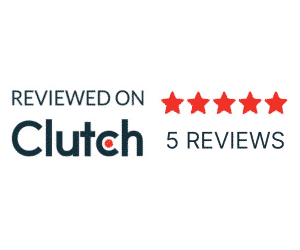Subdirectories and subdomains have their own set of pros and cons when it comes to utilizing them for a blog.
Dune7's founding team has spent as much time client-side as they have in the agency world, providing a unique client-agency perspective.
The multi-day tour industry has rebounded nicely out of the pandemic. We dug into the numbers a bit further to highlight key booking trends. Read more.
Authorship is an impactful way to establish credibility and trustworthiness for a written piece of content. Learn more with Dune7.
If you’re planning to start link building but don’t know where to begin, then you’re in the right place. Learn more with the help of Dune7
As we continue to absorb, utilize, and comment on generative AI products like chatGPT, we wanted to summarize our thoughts on what’s to come in the short-term as it relates to our work, focused on organic marketing.
For our fifth episode, we welcome Andrew Bate, CEO at Safely, a leading provider of guest screening, verification, and comprehensive insurance for the short-term rental industry.
For our fourth episode, we welcome Professor Dr. Wolfgang Arlt, CEO at the China Outbound Tourism Research Institute.
SEO is not free.
Although organic traffic from SEO is often referred to as ‘free’ when compared to paid channels, establishing a brand presence on Google requires an investment. Think about it — there are approximately 5.6 billion searches each day on Google alone, not to mention other search engines like Bing. That’s a lot of potential consumers looking for information, data, or products that your company might be able to fulfill.
Over many decades, Google has built up credibility and trust with consumers. Establishing a brand on page 1 of search results is a form of costly signaling to these consumers that your company and products are legitimate and trustworthy. This signaling is a tacit endorsement from Google that a user should in fact click through to your site.
It’s well understood that the process of ranking highly on search engine result pages (SERPs) makes SEO a mid-term acquisition channel. Marketers looking for immediate gratification usually defer to paid channels, such as Google Ads. Where pay-per-click advertising yields immediate results, but not necessarily positive ROI, the SEO tree takes a bit longer to blossom.
However, this doesn’t mean that SEO is not measurable.
In fact, unlike PPC advertising, an investment in SEO often has compounding effects. Meaning, once you invest in establishing a presence for a web page on SERPs, it takes less effort to maintain that position. A competitor cannot simply outbid your content.
While it takes time to properly measure ROI on an SEO campaign, marketers can look at metrics which might be leading indicators of success, well before users land on a page of content.
Understanding how to gauge the success of SEO efforts starts with understanding where and how to measure results.
Below, we dive deeper into the topic of how to measure ROI for SEO. This begins with what metrics a business, or their agency, should be tracking.
Key SEO metrics to track
Before you can accurately measure return on investment for an SEO campaign, it helps to understand specific metrics to include in a reporting dashboard. These include:
1. Number of pages indexed
What it is:
Indexed pages are simply website content that has been crawled and recognized by search engines. Pages are indexed either because the website owner requested the search engine to index them or through the discovery of web pages by the search engine bot through links to those pages. While these web pages have been successfully added to a search engine’s database, it doesn’t guarantee that a given page is appearing in search results. However, it’s an important first step in establishing a good ranking position.
How to measure it:
Log into your Google Search Console account. On the left-hand menu, select Index→Coverage. Here, you will see all indexed pages, as well as those that might be excluded from the index. If you’ve recently added significant content to your site, be sure these pages appear in your sitemap and then look to see growth over time in total pages indexed.
2. Position
What it is:
Position refers to the placement on SERPs for a given page of a website when triggered by a specific keyword search from a user. This is also referred to as ‘ranking.’ Position is very important, as the majority of organic clicks occur on page 1 of SERPs. Even within page 1, the click through rate varies wildly. According to a study of 80 million keywords by Search Engine Journal, the first organic search results sees an average CTR of 28%. The #10 result? The CTR drops to 2.5%.
How to measure it:
Overall position is shown in Google Search console by navigating to Performance→Search results and then selecting ‘average position’ within the graph area. To get a more granular view of how your content is ranking for specific keywords, it sometimes makes sense to use a third party tracking tool such as Ahrefs or Wincher.
3. Click through rate (CTR)
What it is:
CTR, or click through rate, is the ratio of organic search traffic to total number of impressions. Expressed as a percentage, CTR simply shows how well a result in search is at generating actual site users. Lots of things affect CTR, but primarily, it’s a function of a well written meta description, which is the copy beneath a search result.
How to measure it:
Yep, you guessed it! CTR can also be seen within search console on the same graph where position is displayed. Just click on ‘average CTR’ and you’ll be able to see CTR over time across your site, as well as individual CTRs for pages in the table.
4. Impressions
What it is:
Impressions are the number of times your page appears in organic search results based on a user’s search. Impressions, however, do not always equate to traffic. If a page has a large number of impressions, but not many clicks, it might be time to optimize your CTR through a revised meta description.
How to measure it:
Again, head over to search console and select Performance→Search results. The chart in the middle of your screen will usually default to show impressions, but if not, just check the box.
5. Clicks
What it is:
Probably the most straightforward metric, clicks are the amount of users who land on any page of your website via organic search. While many SEOs and marketers obsess over traffic numbers, it’s important to note that clicks are a result of every other ‘up-funnel metric,’ as detailed above.
How to measure it:
There are two ways to track organic traffic, or clicks. The first is of course via search console, where it’s displayed in the same default performance chart as impressions. The other method requires logging into Google Analytics. Once there, click on All Traffic→Channels and find ‘organic search’ in the table. Don’t be alarmed if your metrics from search console and GA don’t match exactly. There are multiple reasons for a possible discrepancy, including the way Google attributes traffic to different channels.
6. Revenue from organic users
What it is:
Very self explanatory, this is the ultimate bottom funnel metric that shows how much revenue a business earns via SEO. Without delving too far into attribution models, which is an article in and of itself, marketers should be aware that revenue counted as ‘organic’ could be partially attributed to other channels as well. More times than not, however, attribution works in the opposite direction, where an organic Google search is ultimately responsible for driving all or part of the conversion.
How to measure it:
The most straightforward way to measure organic revenue is via Google Analytics. The same report that displays clicks, or traffic, above also displays revenue by channel on the right-hand side. Note, in order to see revenue data, your site must be tracking e-commerce conversions.
Calculating your ROI on SEO
Now that we’ve outlined the metrics that matter for measuring the success of SEO, it’s time to look at methods to calculate your ROI on SEO investments.
Here is a the most simplified version of a standard SEO ROI formula:
As mentioned above, it’s relatively easy to gain insight into how much revenue your business earns as a result of organic search, assuming you have properly set up e-commerce conversion tracking.
But what about the cost side of the ROI calculation?
Unlike paid, where there are easily recognizable fixed costs associated with any campaign, SEO isn’t as straightforward. With SEO, it’s all about gaining organic visibility versus simply paying for it.
Some costs you might want to consider factoring into your ROI calculation include:
- Agency retainer fees: most agencies charge on a monthly basis, and these costs can easily be factored into ROI calculations.
- SEO tools: if your business pays for any third party software platforms for things such as keyword tracking, you’ll want to factor their monthly or annual cost in your ROI calculations.
- Internal resources: this can be a more subjective line item in your ROI calculation. However, if your business employs someone specifically to manage internal SEO efforts, that person’s salary should likely be an input into your total ROI.
Another way to understand the value of SEO, but not necessarily the true ROI, is to figure out how much you’d need to spend on paid ads to gain the same amount of traffic you’re acquiring organically.
There are numerous ways to go about this, but here at Dune7, we like using Ahrefs.
Here’s the steps to take:
- Export the keywords your site is ranking for from Google Search Console. Make sure you also export monthly clicks for each term.
- Copy those keywords and drop them into Ahrefs keyword explorer tool
- You’ll get a table that looks something like the one below, showing metrics like search volume and CPC (cost per click)
- Look at the ‘CPC’ column, which shows the average price that a business would need to pay for each ad click in paid search results for a keyword
- From here, you can calculate the approximate amount you would need to spend on monthly paid ads to receive the same amount of clicks organically
Challenges to measuring ROI for SEO
While the actual formula for calculating return on investment for SEO is quite simple, there are a couple caveats and challenges to be aware of.
As covered above, the modern digital customer journey is more like a spider web than a straight, linear path. Attributing conversations and revenue to a specific acquisition channel, such as SEO, can be tricky.
This is exacerbated in the travel industry, where most consumers touch your brand via various channels at different times during the purchase process. Once you pick your attribution model, perhaps with the help of your digital agency, resist the temptation to constantly tweak it. Consistency is best for measuring ROI.
Brand awareness also plays a key role in the success of organic marketing efforts. Take Airbnb for example. Through many years of investing in brand marketing, the company has established itself as synonymous with short-term vacation rentals. Much of the site’s traffic is acquired via branded search, for example, a user searching “airbnb in Rome.”
This success, where brand strategy and SEO converge, has been widely publicized. Further, Airbnb’s CEO Brian Chesky often cites branded SEO as the reason the company can spend less on paid advertising versus other OTAs such as Expedia.
Wrapping it all up
SEO can be one of the most measurable and trackable digital acquisition channels. By first understanding what metrics to measure and then devising a formula that incorporates revenue and costs that are relevant to your business, any marketer can quantify the benefits of investing in SEO.
Talk to us about how Dune7 creates SEO strategies and campaigns that consistently return positive ROI for travel and technology clients.
In our third episode of 7 Minutes With, we welcome Suzanna Chiu, Head of Amadeus Ventures.
Clarity in a constantly
shifting landscape
Stay Informed
Receive our latest insights and trends.











